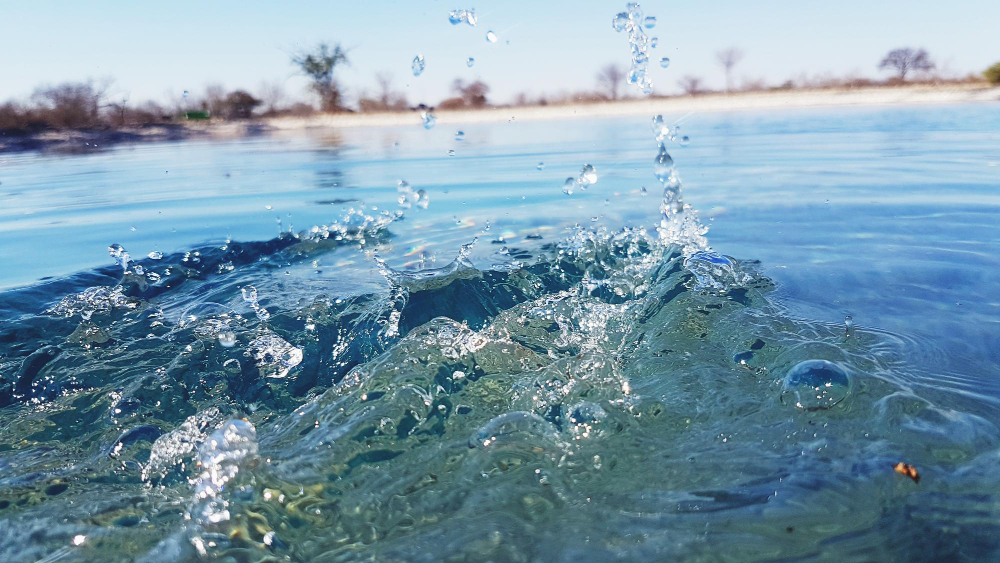Our Product
Home
>
Our Product
Product Details Information
Advanced Drone System for PFAS Detection & Treatment
Dronaqua’s drone technology is designed to detect, treat, and map PFAS contamination in urban water bodies. Powered by renewable solar energy, these autonomous drones continuously collect and analyze data to ensure real-time monitoring and efficient contamination treatment.
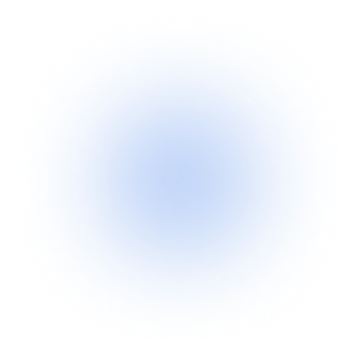
Solar-Powered Energy Collection
Components Used
Lightweight solar panels, lithium-polymer battery pack, charge controller.
How It Works
The drone is equipped with high-efficiency solar panels that harness sunlight to generate power. This energy is stored in a lithium-polymer battery pack via a charge controller, ensuring a steady power supply for the drone's operations. This renewable energy system allows the drone to remain operational for extended periods without external charging.
Navigation and Mobility
Components Used
GPS module, motor kit with propeller, servo motor, buoyant frame.
How It Works
The GPS module provides precise location data, allowing the drone to navigate water bodies effectively. The motor kit propels the drone, while the servo motor adjusts the direction for optimal movement. The buoyant frame ensures the drone remains stable on the water's surface, even in fluctuating conditions.
PFAS Detection
Components Used
Screen Printed Electrodes, Mini Potentiostat
How It Works
The screen-printed carbon electrode (SPE) detects PFOS when it's coated with a molecularly imprinted polymer (MIP) designed to selectively bind PFOS molecules. When this MIP-modified SPE is connected to a mini potentiostat, the device applies a small voltage and measures the resulting electrochemical signal—typically using techniques like cyclic voltammetry or differential pulse voltammetry.
Data Transmission and Mapping
Components Used
ESP32 microcontroller, LoRa communication modules, mesh network, control station.
How It Works
The processed data from the biofuel cells is sent wirelessly via LoRa modules to a mesh network of drones. The swarm relays the information to a centralized control station, where it is compiled into detailed spatial maps of PFAS contamination. The mesh network ensures efficient communication between drones, enabling real-time updates.
PFAS Treatment
Components Used
Filtrasorb 600 (Granular Activated Carbon)
How It Works
The drone is equipped with granular activated carbon, a sorbent designed to adsorb PFAS directly from the water. This module captures up to 90% of PFAS in targeted samples, reducing contamination levels as the drones continue their detection and mapping.
Solar-Powered Energy Collection
Components Used
Modular design for upgrades, cloud-based data analytics platform.
How It Works
After deployment, the data collected by the drones is analyzed to refine their movement patterns, energy usage, and detection accuracy. The modular design allows for easy integration of improved components, ensuring the drones remain cutting-edge.
Why Choose Us
First ever student-led PFAS research group
Join us on a journey of innovation and impact—where student-led science meets real-world change, creating lasting memories through environmental action, teamwork, and breakthrough PFAS detection technolog

FEATURED TECHNOLOGY
New Technology and Feature Our Drone

Solar Power, Energy storage, GPS module, motor kit with propeller, servo motor, buoyant frame
The drone is equipped with high-efficiency solar panels that harness sunlight to generate power. This energy is stored in a lithium-polymer battery pack via a charge controller, ensuring a steady power supply for the drone's operations. The GPS module provides precise location data, allowing the drone to navigate water bodies effectively. The motor kit propels the drone, while the servo motor adjusts the direction for optimal movement. The buoyant frame ensures the drone remains stable on the water's surface, even in fluctuating conditions.
Active Carbon (Filtrasorb 200)
The drone is equipped with granular activated carbon, a sorbent designed to adsorb PFAS directly from the water. This module captures up to 90% of PFAS in targeted samples, reducing contamination levels as the drones continue their detection and mapping.
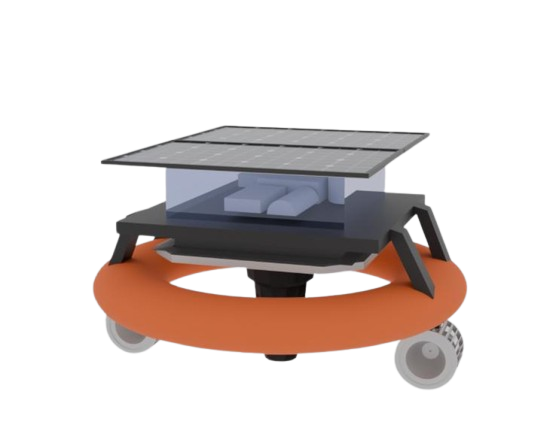

Mobilised Screen Printed Electrodes, Mini Potentiostat
The screen-printed carbon electrode (SPE) detects PFOS when it's coated with a molecularly imprinted polymer (MIP) designed to selectively bind PFOS molecules. When this MIP-modified SPE is connected to a mini potentiostat, the device applies a small voltage and measures the resulting electrochemical signal—typically using techniques like cyclic voltammetry or differential pulse voltammetry. As PFOS binds to the MIP layer, it alters the current response at the electrode surface, allowing the potentiostat to detect and quantify its concentration in real time.
ESP32 microcontroller, LoRa communication modules, mesh network, control station.
The processed data from the mini potentiostat is sent wirelessly via LoRa modules to a mesh network of drones. The swarm relays the information to a centralized control station, where it is compiled into detailed spatial maps of PFAS contamination. The mesh network ensures efficient communication between drones, enabling real-time updates.

Solar Power, Energy storage, GPS module, motor kit with propeller, servo motor, buoyant frame
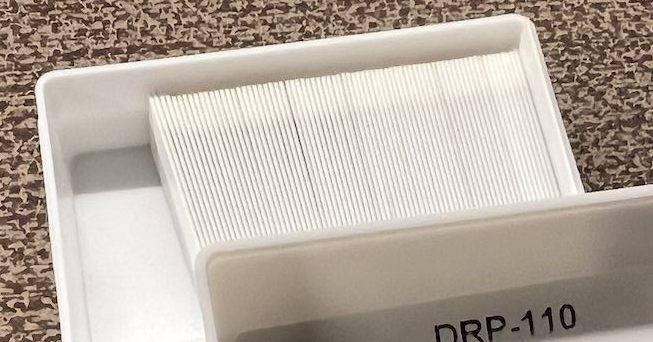
Mobilised Screen Printed Electrodes, Mini Potentiostat
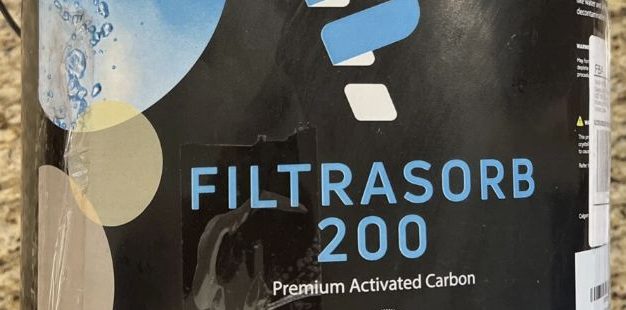
Active Carbon (Filtrasorb 200)
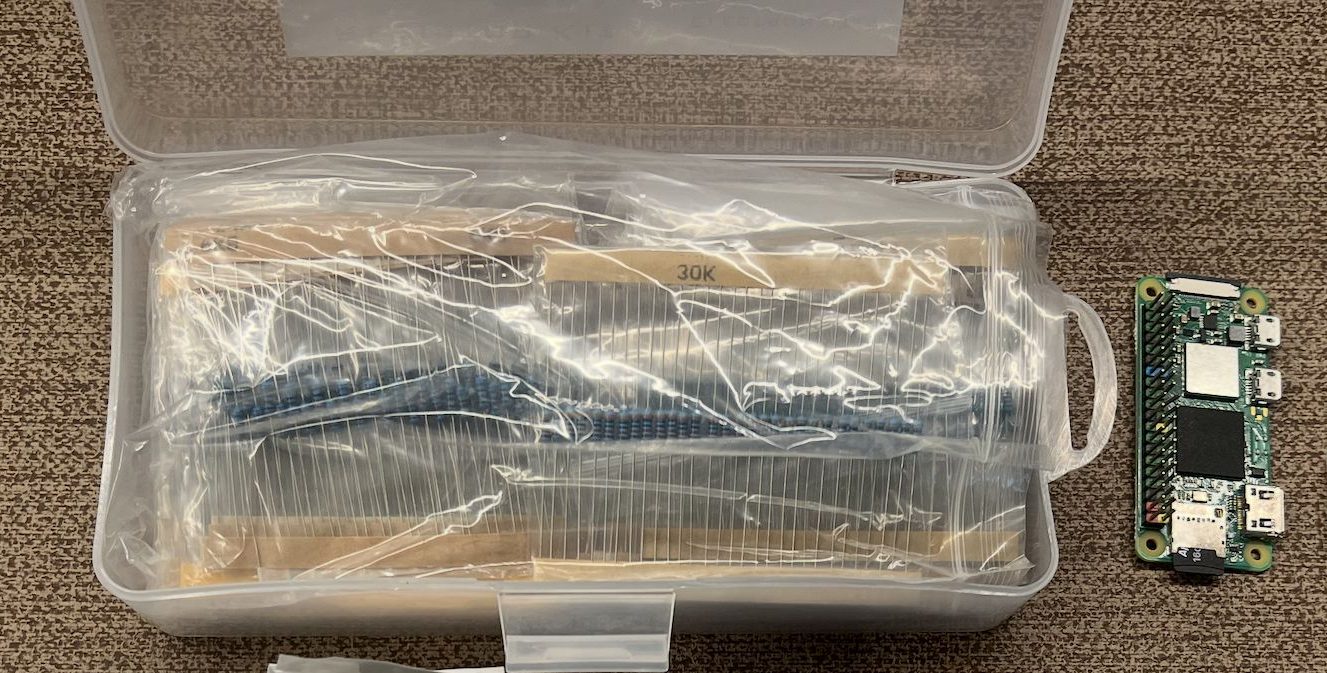
ESP32 microcontroller, LoRa communication modules, mesh network, control station.

Technical and Operational Features of the Drones



Sustainable Energy System
- Lightweight Solar Panels: High-efficiency solar panels continuously harvest sunlight, enabling long-term operation without external charging.
- Lithium-Polymer Battery Pack: Stores solar energy safely and efficiently, providing reliable power for all onboard systems.
- Smart Charge Controller: Optimizes power flow between the solar panels and the battery to prevent overcharging or energy loss.
Integrated Biosensing for PFAS Detection
- GPS Module: Delivers real-time geolocation, enabling accurate path planning and
mapping. - Servo Motor Steering: Fine-tunes direction with responsive control, ensuring agile
navigation. - Buoyant Frame Design: Ensures stability and flotation even under varying water
conditions, from calm ponds to mild currents.
Decentralized Data Communication
- ESP32 Microcontroller and LoRa communication modules: Acts as the brain of
each drone, managing data acquisition and transmission. Enable low-power,
long-range communication between drones and the control station. - Real-Time Mapping: Enables high-resolution spatial mapping of PFAS
contamination in near real-time. - Continuous Monitoring: Supports persistent, autonomous water quality monitoring
over large water bodies—far beyond the capabilities of traditional, lab-based
sampling methods. - Centralized Control Station: Aggregates incoming data streams, generating
high-resolution spatial maps of PFAS concentrations.
Onboard PFAS Mitigation
- Granular Activated Carbon (Filtrasorb 600): Embedded within each drone to
adsorb PFAS directly from the water column during sampling. Capable of removing
up to 90% of contaminants per pass in targeted regions.
Comparison of PFAS Detection & Treatment Methods
How Dronaqua’s Technology Outperforms Traditional Methods in Detection, Treatment, and Efficiency
Criteria
Existing PFAS Detection & Treatment Methods
Dronaqua
Detection Accuracy
High, but Solid Phase Extraction and Direct Injection method for PFAS detection is localized and lab-based.
High, scalable via dronenetwork, enzymatic biofuel cells (BFC) can detect PFOS as low as 1.6nM
Treatment Effectiveness
Moderate, treatment methods like high heat and strong chemicals remediates PFAS but leads to other harmful byproducts.
High, activated carbon can reduce PFAS concentration in contaminated samples into <1.5% of the total.
Cost per Unit Treated
High, PFAA (another class of PFAS) is estimated around 20 to 7000 trillion USD per year.
Deployment Speed
Slow (fixed infrastructure), 4h+
Fast (drones cover large areas quickly through mesh networks), almost immediate
Environmental Impact
Scalability
Limited, Solid Phase Extraction or Direct Treatment Method only detects a fixed number of volumes.
Criteria
Detection Accuracy
Existing PFAS Detection & Treatment Methods
High, but Solid Phase Extraction and Direct Injection method for PFAS detection is localized and lab-based.
Dronaqua
High, scalable via dronenetwork, enzymatic biofuel cells (BFC) can detect PFOS as low as 1.6nM
Criteria
Treatment Effectiveness
Existing PFAS Detection & Treatment Methods
Moderate, treatment methods like high heat and strong chemicals remediates PFAS but leads to other harmful byproducts.
Dronaqua
Criteria
Cost per Unit Treated
Existing PFAS Detection & Treatment Methods
Dronaqua
Criteria
Deployment Speed
Existing PFAS Detection & Treatment Methods
Slow (fixed infrastructure), 4h+
Dronaqua
Criteria
Environmental Impact
Existing PFAS Detection & Treatment Methods
Dronaqua
Criteria
Scalability
Existing PFAS Detection & Treatment Methods
Dronaqua
Technical and Operational Features of the Drones
Key Features and Advantages of Our Drone Technology

Sustainable Energy System
The drone uses high-efficiency solar panels to harvest sunlight, a lithium-polymer battery for energy storage, and a smart charge controller to ensure efficient power management, preventing overcharging and energy loss.
Autonomous Aquatic Navigation
The drone features a GPS module for precise navigation, servo motor steering for responsive direction control, and a buoyant frame design, ensuring stability and flotation in diverse water conditions.
Integrated Biosensing for PFAS Detection
The drone uses mobilized screen-printed electrodes to detect PFOS and PFAS compounds, generating electrical signals, which are processed by a miniaturized unit and transmitted wirelessly in real-time for analysis.
Decentralized Data Communication
ESP32 Microcontroller and LoRa Communication Modules: Acts as the brain of each drone, managing data acquisition and transmission. Enable low-power, long-range communication between drones and the control station.

CLEAN WATER
Start Your Smart Water Monitoring Journey With Us.

Partner with Dronaqua to deploy intelligent swarm drones that detect, map, and reduce PFAS contamination in real-time—sustainably.


